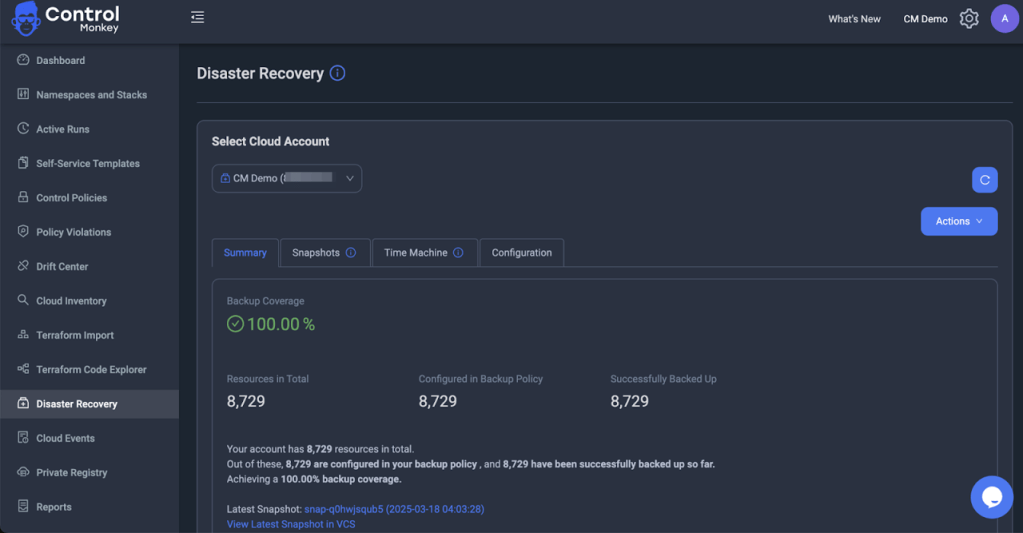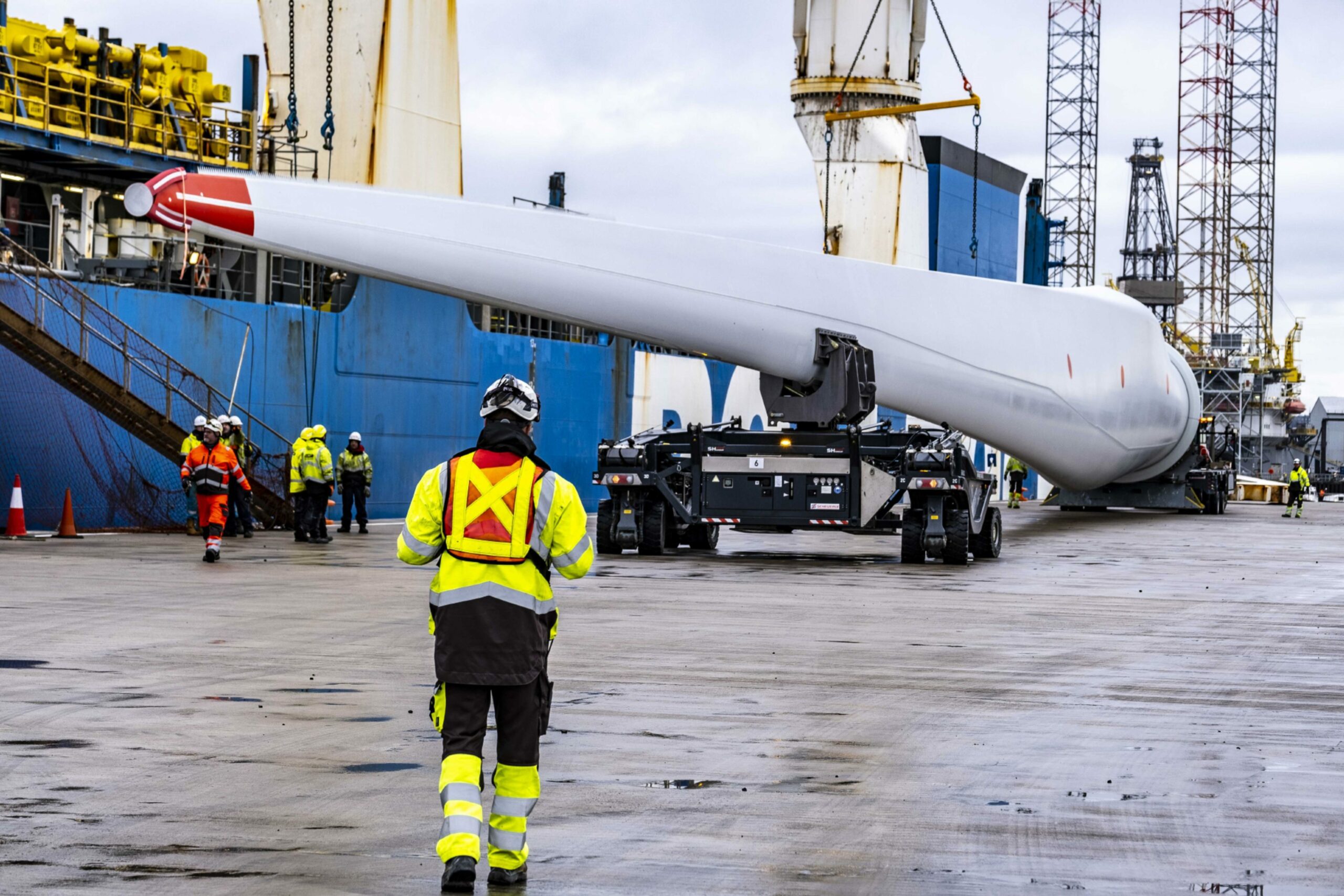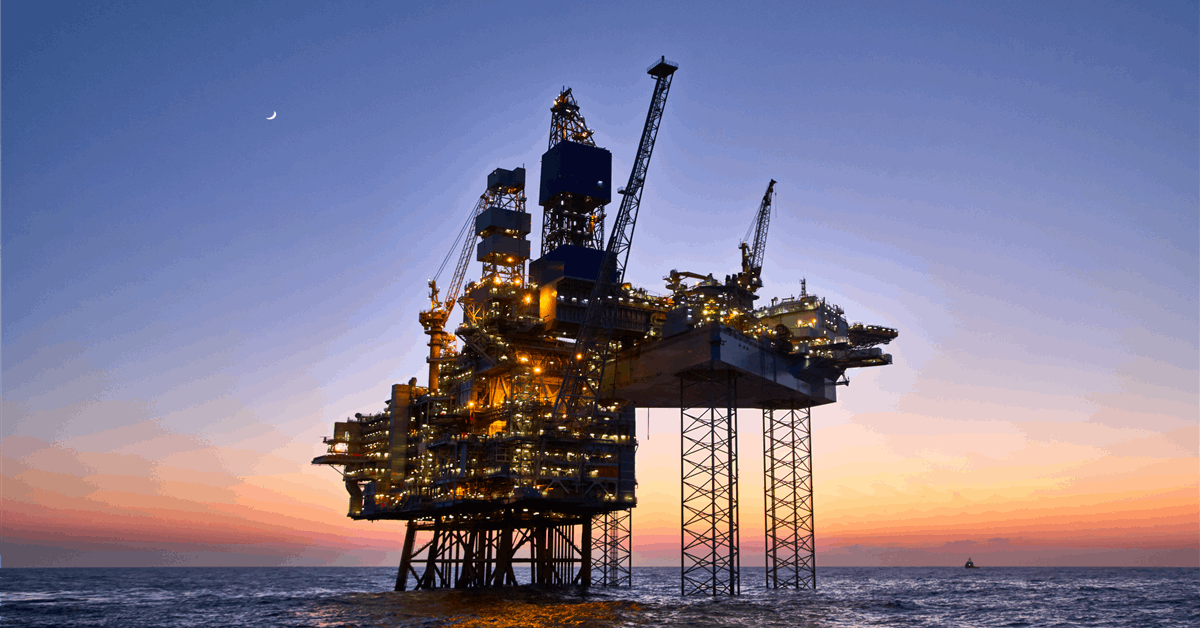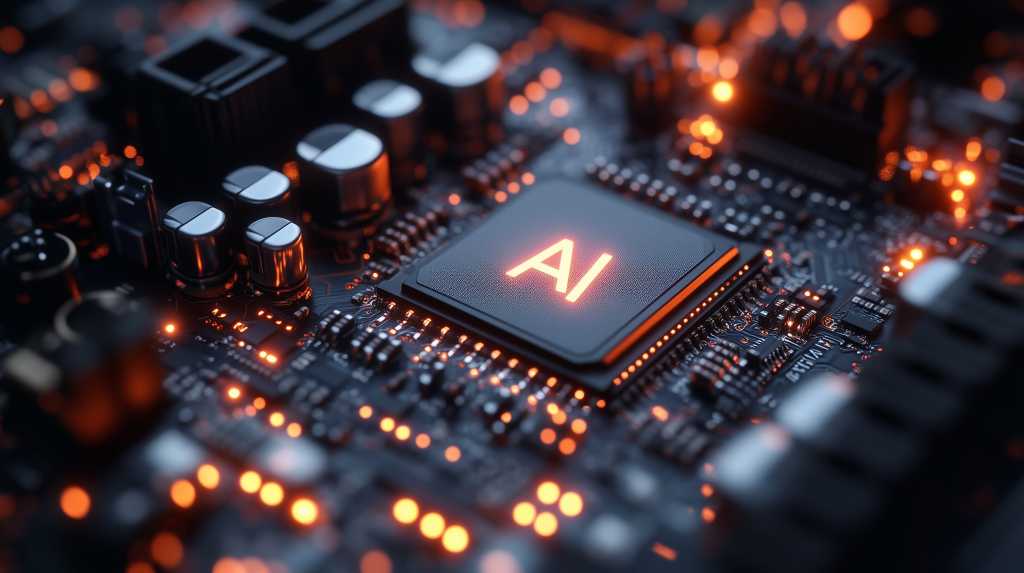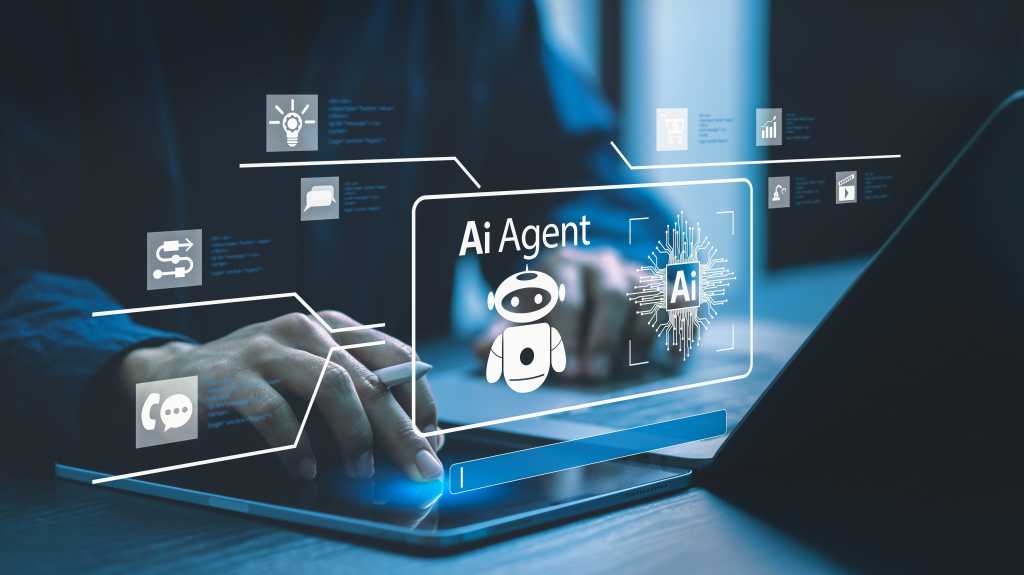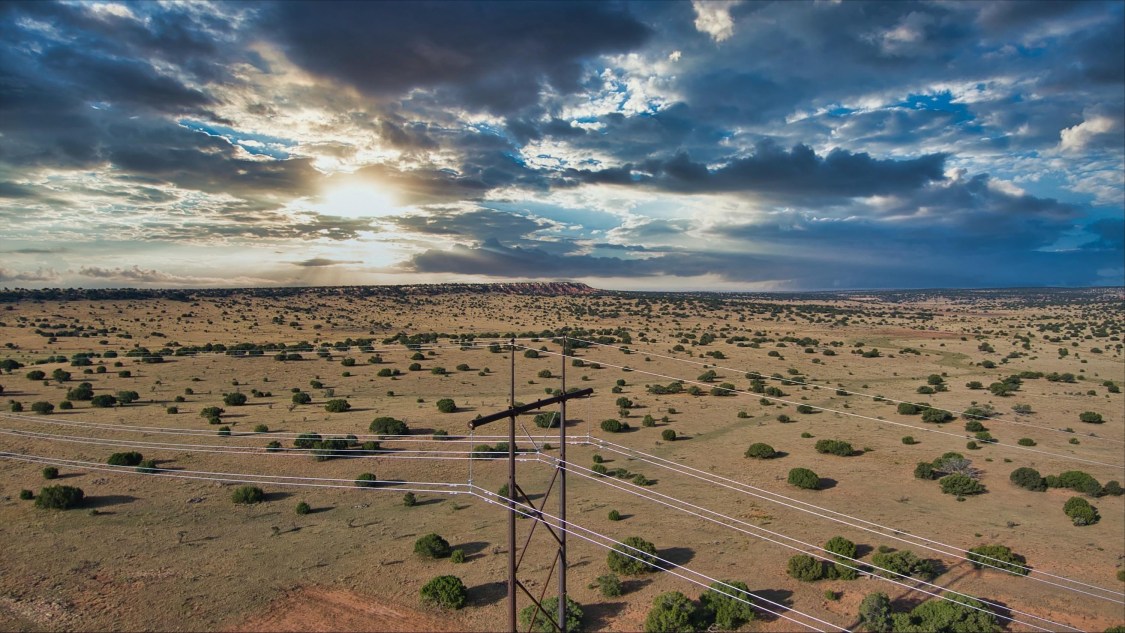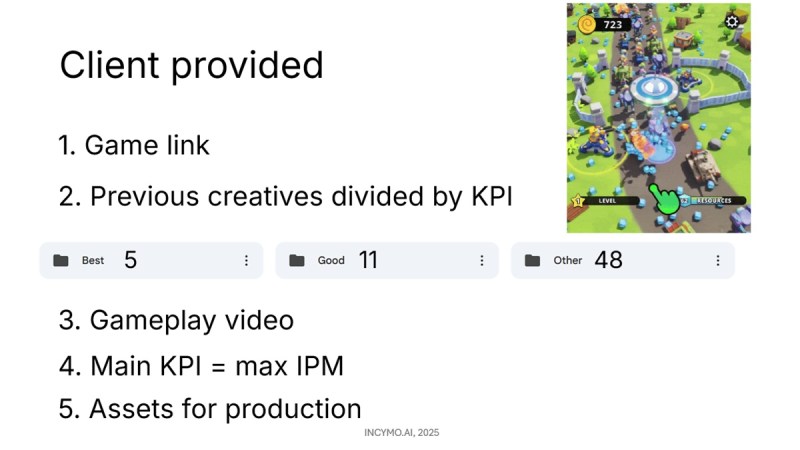
California Gov. Gavin Newsom, D, announced Wednesday that he has certified the Cornucopia Hybrid Solar Project using the California Environmental Quality Act’s judicial streamlining provision, speeding up the construction of 300 MW of solar along with 300 MW of battery storage.
Once a project is certified, courts must decide on CEQA challenges to it within 270 days to the extent feasible, while still allowing those challenges to be heard, said a release from Newsom’s office.
The BayWa r.e. Americas project will be located in Fresno County, California, and is expected to power around 300,000 homes in the area.
Newsom’s office said the project’s combined 300 MW of generation and 300 MW of battery capacity will allow the solar farm to dispatch electricity at times of peak demand, “including evening and nighttime hours when renewable generation is limited.”
The project’s developers also plan for it to be agrivoltaic, with sheep “grazing alongside solar panels to help manage vegetation,” said the governor’s office.
A project’s selection for a judicial streamlining certification can reduce lawsuit-related delays from three to five years to around 270 days, said the governor’s office. This process was authorized by a 2021 state law allowing the governor to make those certifications, and a 2023 state law expanding the list of eligible projects to include certain green infrastructure projects.
Only 24 projects have been certified under the law so far. The certification came a few days after California regulators approved new maintenance and operation standards for battery storage resources, including a requirement for facility owners to develop emergency response and emergency action plans, following a January fire at Vistra Energy’s Moss Landing battery facility in California.
“The project aligns with California efforts focused on proactively addressing safety for battery storage systems through comprehensive state-level collaborations and regulatory updates,” said Newsom’s office.




